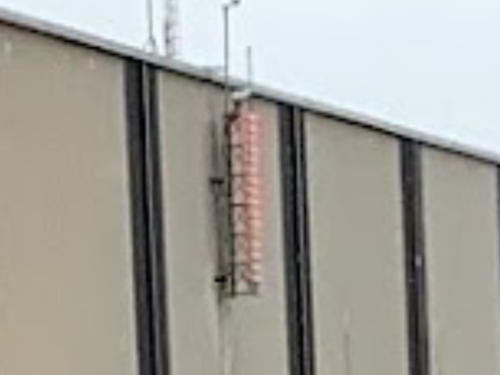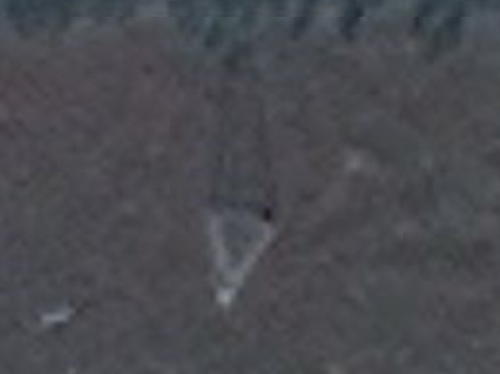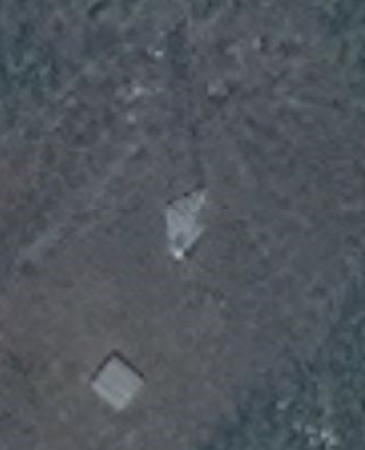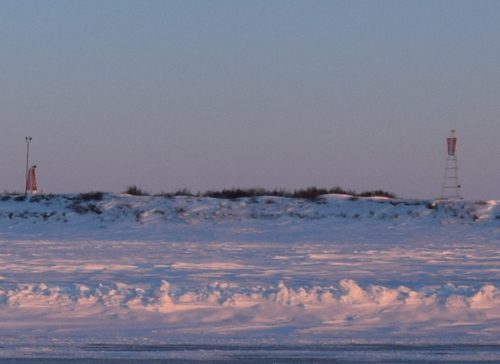The nation of Canada was created by the British North America Act in 1867 with Ontario, Québec, New Brunswick, and Nova Scotia as the four original provinces. At that time the Hudson's Bay Company controlled most of the northern territories of modern Canada; these holdings were transferred to the new Canadian confederation in 1869. After creation of new provinces and many boundary adjustments, Canada today is a federation of ten provinces and three large federal territories in the north of the country.
Northwest Territories is a federal territory encompassing a large portion of the Canadian Arctic between the territories of Yukon on the west and Nunavut on the east (Yukon and Nunavut were separated from Northwest Territories, Yukon in 1898 and Nunavut in 1999). The territory is thinly populated; its population in 2020 was about 45,000. Yellowknife, on the northern coast of Great Slave Lake, is the capital of the territory. The territory is divided into five administrative regions.
There are no "traditional" lighthouses in the Northwest Territories but there are many substantial skeletal towers on the Great Slave Lake and Mackenzie River. The scattered communities and stations in Canada's western Arctic depend on supplies carried by barges pushed down the Mackenzie during the summer season.
Aids to navigation in Canada are maintained by the Canadian Coast Guard. In 2008 Parliament passed the Heritage Lighthouse Protection Act to designate and protect historic lighthouses.
CCG numbers are from the Inland Waters list of the List of Lights, Buoys, and Fog Signals of Fisheries and Oceans Canada. For the Arctic Ocean (Beaufort Sea) coast Admiralty numbers are from Volume H of the Admiralty List of Lights & Fog Signals and U.S. NGA numbers are from Publication 110. None of the lights on this page are listed by ARLHS.
- General Sources
- Online List of Lights - Canada - Beaufort Sea
- Photos by various photographers posted by Alexander Trabas.
- List of Lights, Buoys, and Fog Signals
- Official Canadian light lists.
- GPSNauticalCharts
- Navigational chart for the Arctic coast.
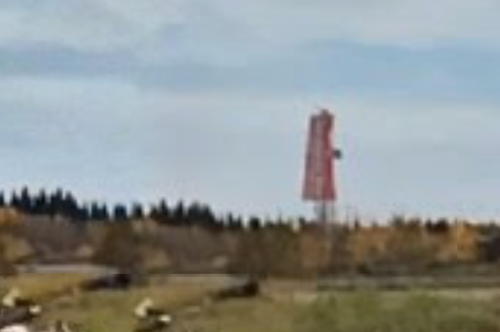
Range Front Light, Hay River, Septemebr 2019
Google Maps photo by Bahrg Smith

